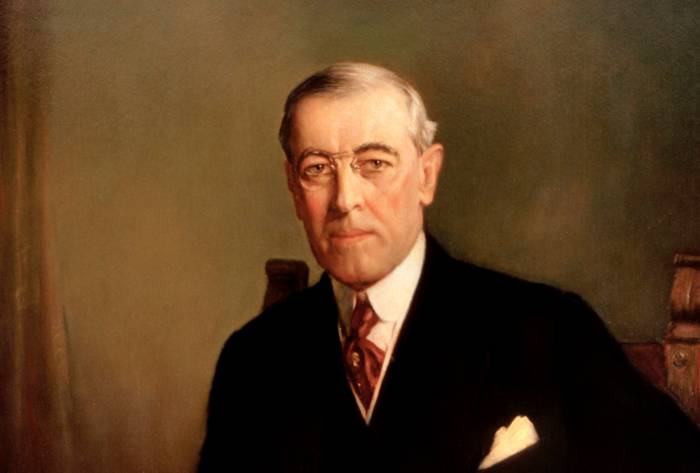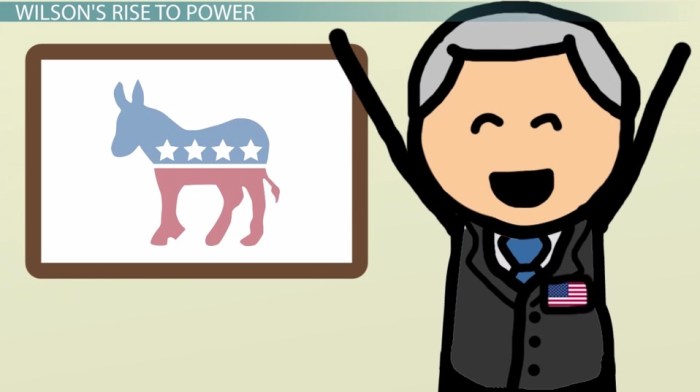Evaluate economic reforms passed during woodrow wilson’s presidency – This comprehensive analysis delves into the impact of economic reforms enacted during Woodrow Wilson’s presidency, examining their goals, provisions, and effects on the American economy. From the establishment of the Federal Reserve to the regulation of antitrust practices, these reforms aimed to address pressing economic issues and shape the nation’s financial landscape.
The Federal Reserve Act, Clayton Antitrust Act, Underwood Tariff, Federal Trade Commission Act, Workmen’s Compensation Act, and Keating-Owen Child Labor Act each played a significant role in reshaping the economic landscape. This evaluation assesses their effectiveness in achieving their intended objectives and analyzes their broader implications for trade, competition, and social welfare.
Evaluate the Impact of the Federal Reserve Act: Evaluate Economic Reforms Passed During Woodrow Wilson’s Presidency

The Federal Reserve Act of 1913 established the Federal Reserve System, the central banking system of the United States. The act was passed in response to the financial panic of 1907, which had exposed the weaknesses of the existing banking system.
Goals of the Federal Reserve Act
The Federal Reserve Act had three main goals:
- To provide a stable monetary system
- To ensure the availability of credit to businesses and consumers
- To promote economic growth
Impact of the Federal Reserve Act on the Economy
The Federal Reserve Act has had a significant impact on the US economy. The act has helped to stabilize the financial system, reduce inflation, and promote economic growth.
-
-*Stabilization of the financial system
The Federal Reserve Act created a central bank that can lend money to banks and businesses during financial crises. This helps to prevent financial panics and keep the economy running smoothly.
-*Reduction of inflation
The Federal Reserve Act gives the Federal Reserve the power to set interest rates. The Federal Reserve can raise interest rates to slow down the economy and reduce inflation.
-*Promotion of economic growth
The Federal Reserve Act gives the Federal Reserve the power to increase the money supply. This can help to stimulate economic growth by making it easier for businesses to borrow money and invest.
Examples of How the Federal Reserve Act Influenced Economic Growth, Evaluate economic reforms passed during woodrow wilson’s presidency
The Federal Reserve Act has helped to promote economic growth in a number of ways. For example, the act has helped to:
-
-*Finance World War I
The Federal Reserve helped to finance World War I by buying government bonds. This freed up money that businesses could use to invest in the war effort.
-*Stabilize the economy during the Great Depression
The Federal Reserve helped to stabilize the economy during the Great Depression by providing loans to banks and businesses. This helped to prevent a complete collapse of the financial system.
-*Promote economic growth after World War II
The Federal Reserve helped to promote economic growth after World War II by keeping interest rates low. This made it easier for businesses to borrow money and invest.
Key Questions Answered
What was the primary goal of the Federal Reserve Act?
To establish a central banking system to regulate the money supply and stabilize the economy.
How did the Clayton Antitrust Act differ from previous antitrust legislation?
It expanded the definition of anti-competitive practices and strengthened enforcement mechanisms.
What were the main provisions of the Underwood Tariff?
It reduced tariffs on imported goods, promoting international trade and lowering consumer prices.

